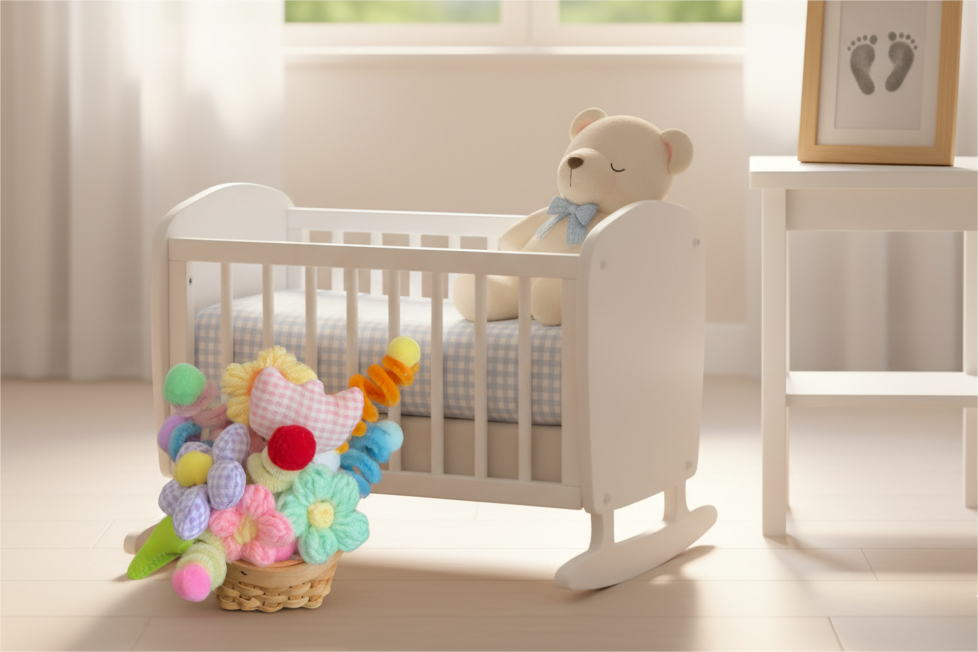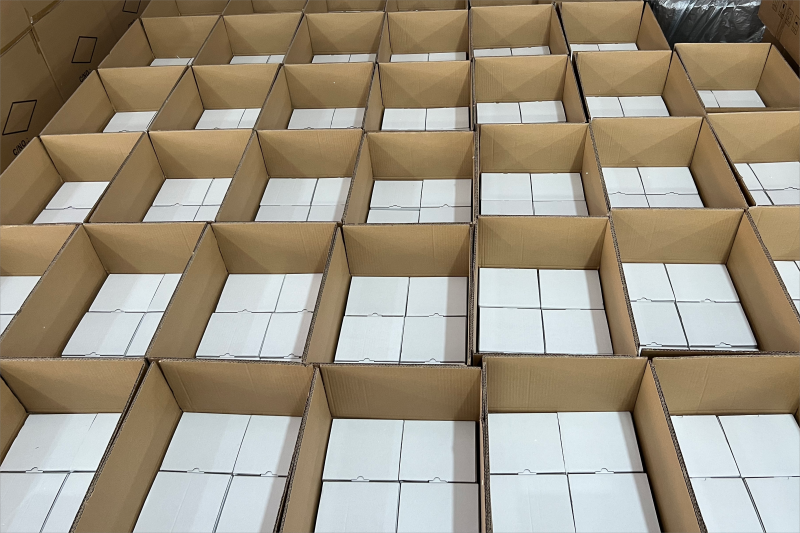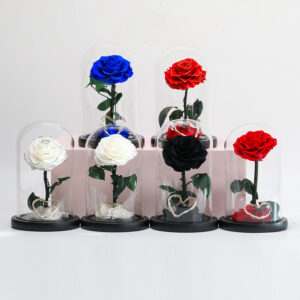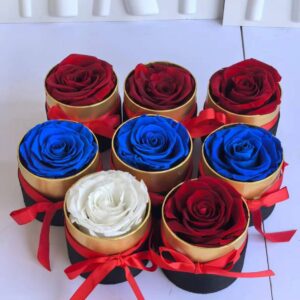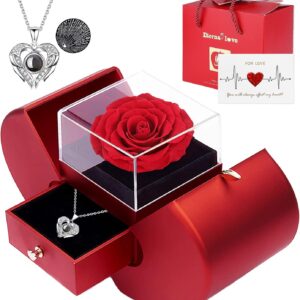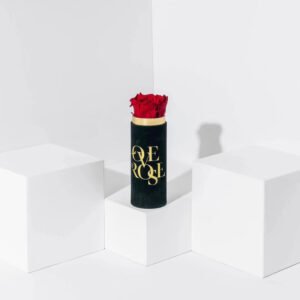Today’s floral customers are more than just lovers of beautiful blooms—they’re conscious consumers. They care about how your flowers are grown, arranged, and packaged. For chain flower shops especially, this shift brings both a challenge and an opportunity: how do you stay profitable while meeting rising expectations for sustainability?
The answer isn’t sweeping changes overnight—it’s small, intentional shifts that make a measurable impact over time. Whether you’re managing three locations or thirty, integrating eco-conscious practices into your flower business not only reduces waste and costs—it also strengthens your brand reputation in an increasingly competitive market.
Let’s explore how sustainable floristry isn’t just a feel-good move—but a smart one for modern retailers looking to grow their green credentials without compromising beauty or business.
Why Sustainability Is Becoming Essential in the Floral Industry
Floristry is one of those rare industries that directly depends on nature—yet some of its long-standing practices can be surprisingly harmful to the environment.
Think about it:
- Many arrangements rely on floral foam, which contains microplastics.
- Long-haul flower transportation contributes significantly to carbon emissions.
- Single-use packaging and discarded stems add to landfills daily.
With sustainability gaining traction across industries, florists are expected to step up. Making responsible choices not only protects the planet—it positions your brand as forward-thinking and values-driven. In an industry rooted in nature, it’s time our practices reflected that connection.
1. Rethinking Design: Going Foam-Free in Everyday Arrangements
For decades, floral foam has been used to secure stems quickly and easily. But as awareness grows about its non-biodegradable properties and the environmental toxins it releases, more florists are moving toward eco-conscious design alternatives.
Alternatives Worth Exploring:
- Folding chicken wire into a reusable container gives structure without waste.
- Water-soaked moss adds texture and hydration while being compostable.
- Kenzan (flower frogs) offer strong support and can be reused for years.
- Silicone or metal armatures: Ideal for high-end arrangements and event work.
Why it matters: Floral foam never truly breaks down—and with each arrangement made foam-free, your shop takes one small but meaningful step toward sustainability.
2. Tackling Waste: Smarter Strategies to Minimize Floral Loss
Waste is a quiet profit-killer in floristry. Spoiled stems, overstocked coolers, and damaged arrangements can add up fast—not just financially, but environmentally too.
Actionable Tips to Reduce Waste:
- Extend your product mix with preserved flowers. These long-lasting blooms aren’t just a trend—they’re a sustainable solution. At Sweetie-Gifts, our preserved roses retain their color and shape for a year or more, helping shops avoid daily spoilage and maintain elegant displays without restocking stress.
- Bundle and sell imperfect or leftover stems at a discount as DIY bouquet kits.
- Compost organic waste and create signage to show customers how you’re repurposing blooms.
- Create subscription offerings to better forecast demand and reduce over-ordering.
Why preserved flowers shine: They reduce reliance on fresh-cut flowers, lower refrigeration needs, and dramatically reduce floral turnover. Plus, they’re a standout product category with emotional value and eco-appeal.
3. Local & Seasonal: Why Shorter Supply Chains Are Better
Imported blooms may look perfect, but their environmental cost is high. Florists that prioritize local and seasonal sourcing not only reduce their footprint—they gain an edge in freshness and storytelling.
Why It Works:
- Less transportation = fewer emissions
- Support for regional farmers = stronger communities
- Freshness that translates into longer vase life and happier customers
- Seasonal exclusivity keeps your offerings unique and relevant
You don’t have to go 100% local overnight—but even shifting 20–30% of your inventory to regional farms can make a big difference. Highlighting this on your POS displays or website gives eco-conscious customers a clear reason to choose you.
4. Packaging with Purpose: Rethinking Wraps and Containers
Eco-conscious packaging is more than a detail—it’s a branding tool. In a world where unboxing experiences get shared online, your choice of wrap speaks volumes about your values.
Consider These Options:
- Recycled kraft paper for wrapping stems
- Compostable wraps and ribbons made from jute, cotton, or hemp
- Reusable fabric wraps or gift cloths (furoshiki style)
- Offer vase return incentives to encourage reuse
Small changes in materials can set you apart—especially for chain florists trying to build a consistent brand image across locations.
Bonus tip: Label your sustainable products clearly. Customers love transparency—and when they understand the impact, they’re more likely to become loyal repeat buyers.
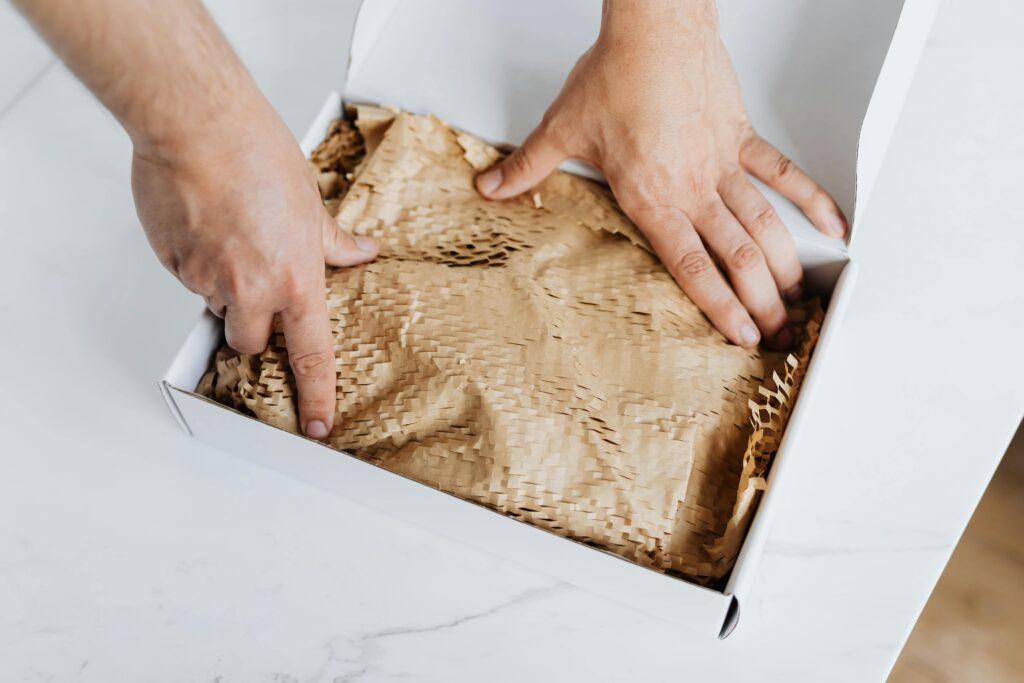
5. Brand Growth Through Green Marketing
Once you’ve taken steps toward sustainability, don’t keep it a secret. Customers want to know the story behind their flowers—and your shop’s environmental efforts could be a major point of connection.
How to Get the Word Out:
- Create content: Blog posts, behind-the-scenes videos, and photo stories showing how your team works sustainably.
- Eco-specific product lines: Try “Eco Arrangements” or “Low-Waste Blooms” and dedicate a section in your shop or online store.
- Use signage: Simple tags like “Locally Grown” or “Foam-Free” are powerful tools at the point of sale.
- Incentivize green behavior: Offer small discounts for customers who bring in their own containers or return vases.
Sustainability isn’t just what you do—it’s what you communicate. Make sure your customers see, hear, and understand your green efforts.
6. Scaling Sustainability: How Chain Florists Can Go Green Across Locations
When you manage more than one store, the stakes are higher—but so is the opportunity. Systematizing your sustainability strategy ensures every location reflects your brand values consistently.
Start With:
- Unified training: Make sustainable design part of your onboarding process.
- Shared sourcing plans: Use centralized vendors with eco-friendly products and bulk packaging.
- Store audits: Evaluate waste, water usage, and foam dependency at each location.
- Custom packaging kits: Send each store a standardized selection of green wraps and containers to maintain visual branding.
Over time, these shifts not only reduce costs but create a distinctive brand identity—one that attracts environmentally minded customers and employees alike.

About Sweetie-Gifts
At Sweetie-Gifts, we’ve built our floral business around beauty, innovation, and responsibility. Our preserved flower products are made with medical-grade materials, sustainable pigments, and food-safe colorants in our Kunming factory. With over 19 years of experience and clients in more than 50 countries, we provide high-quality, long-lasting floral solutions for chain stores, retailers, and creative brands worldwide.
If you’re looking to add sustainable preserved flower lines or need reliable green packaging solutions, we’re here to help.
📬 Reach out at inquiry@sweetie-group.com for custom solutions and supplier partnerships.

Let your flowers speak beauty—and your brand speak responsibility.
— Annie Zhang, CEO of Sweetie-Gifts




